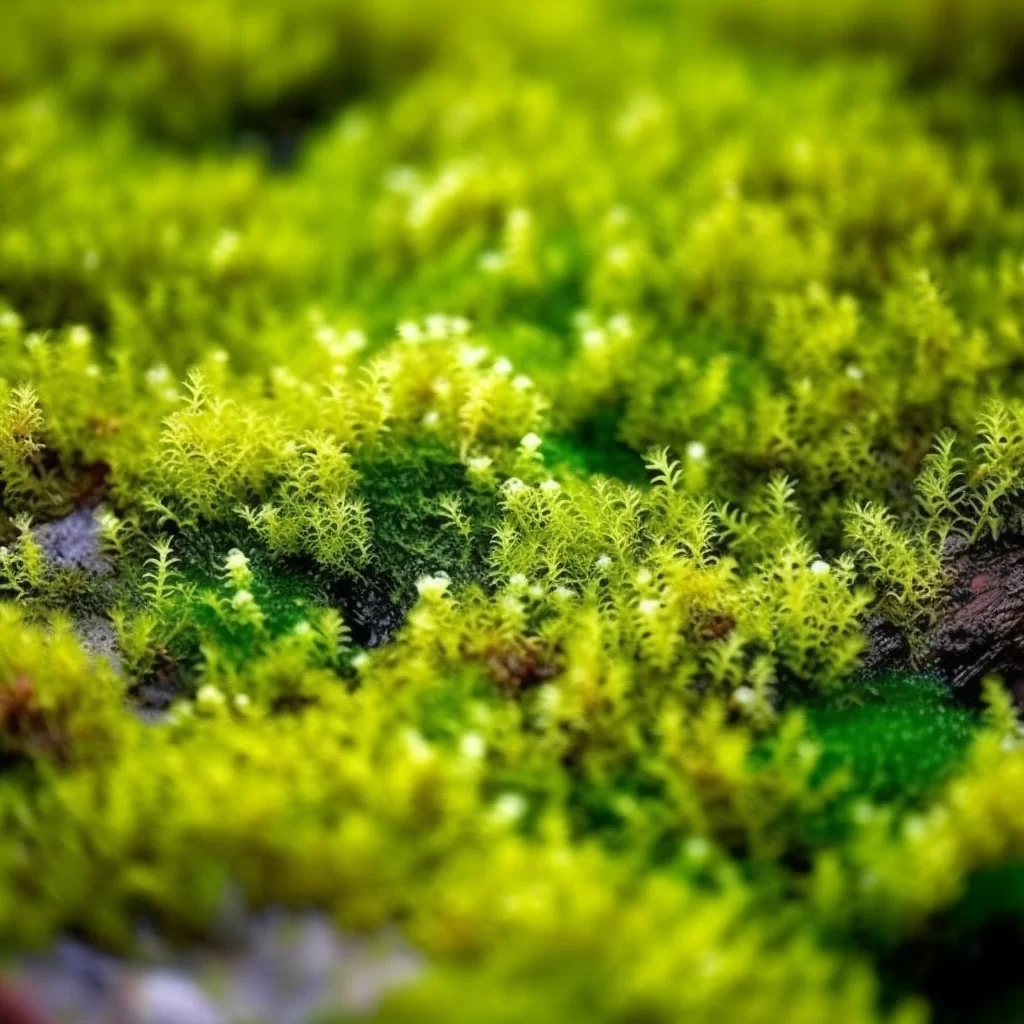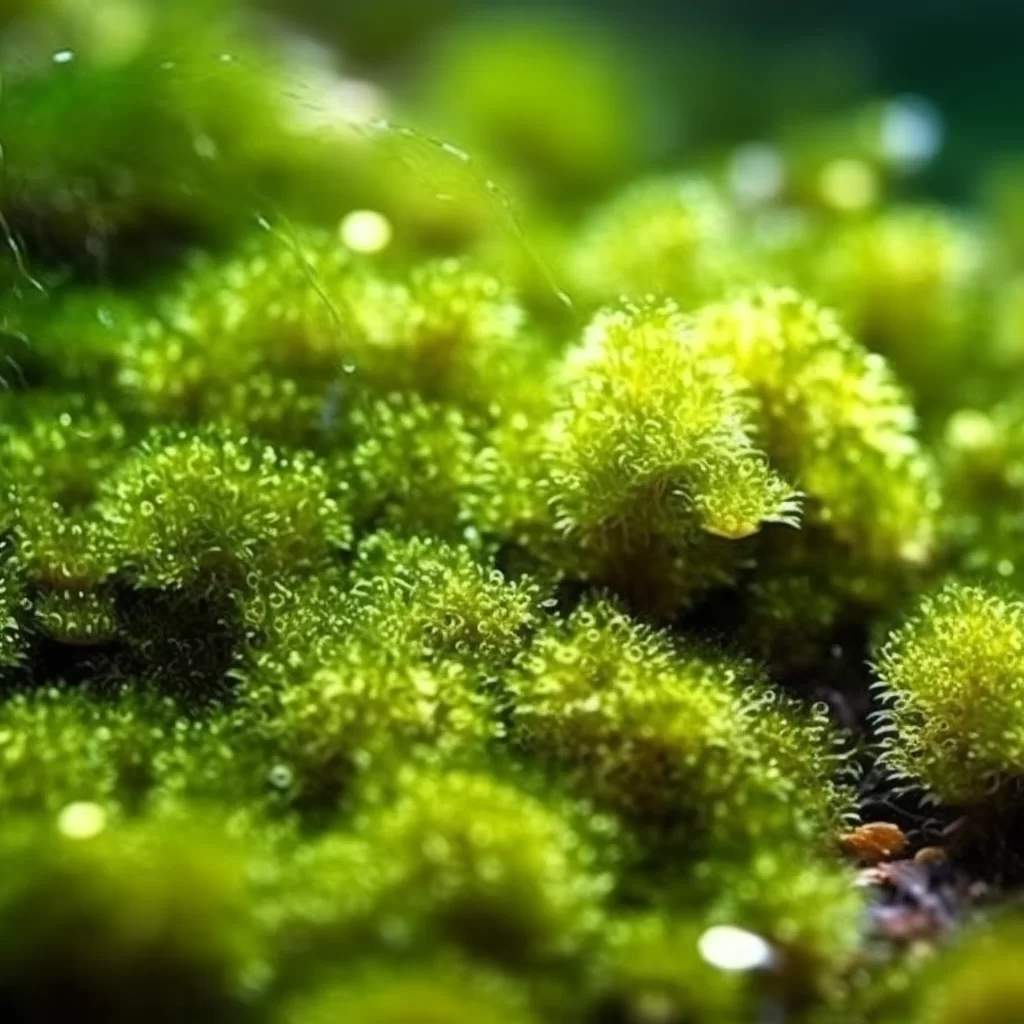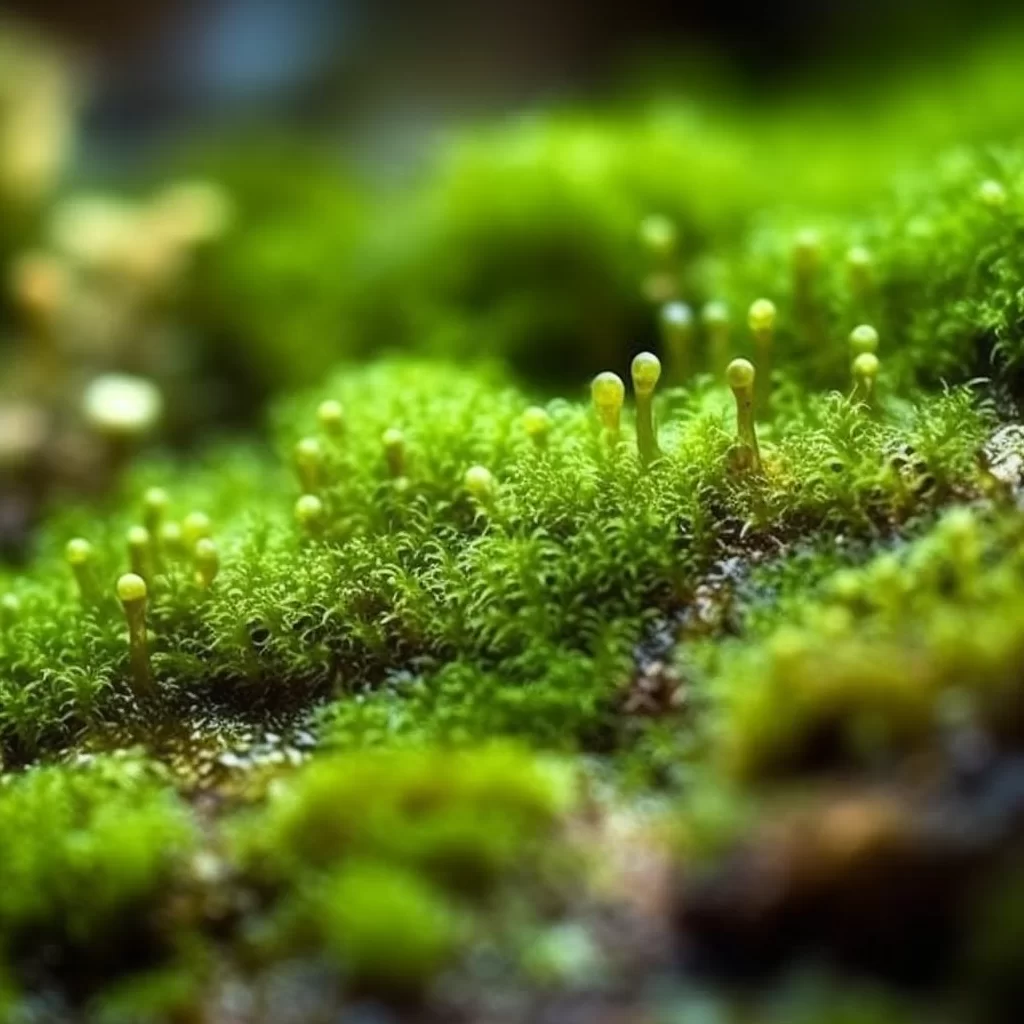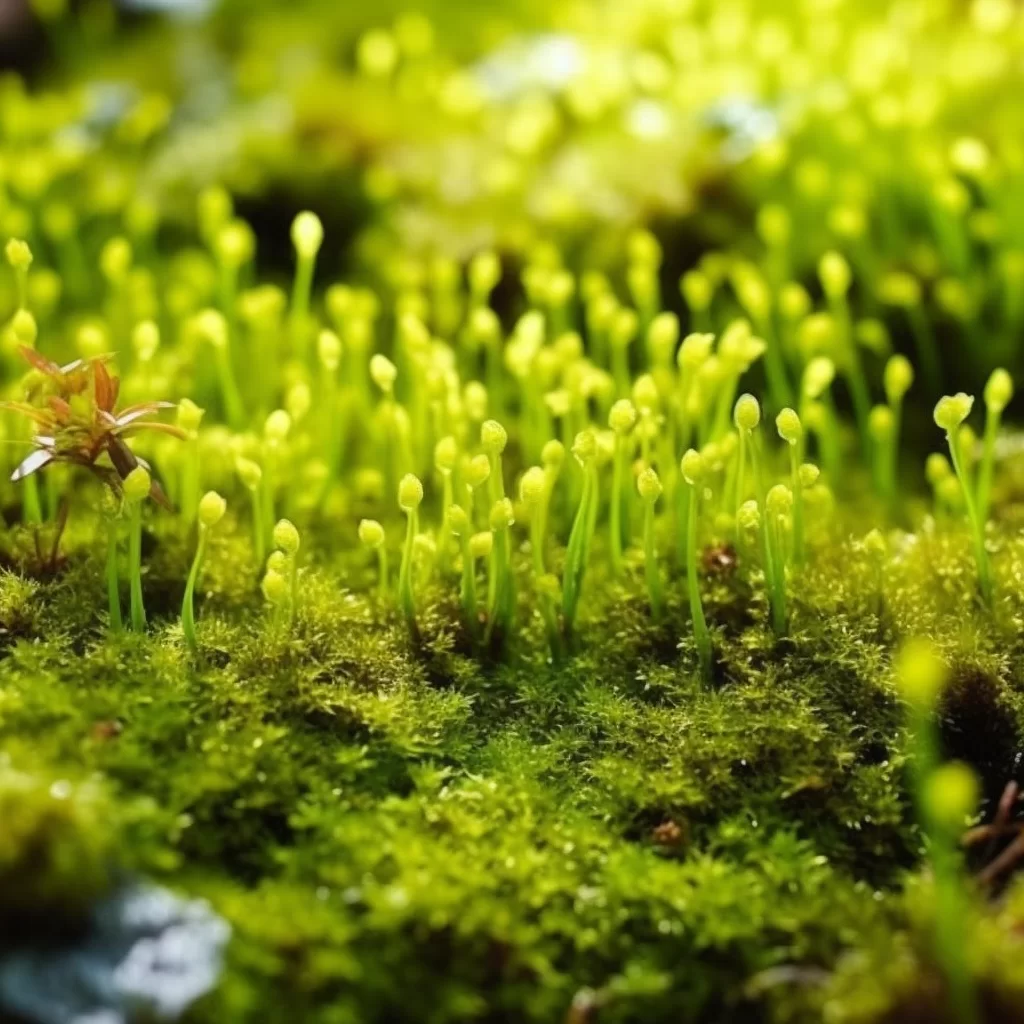Story of Day :
Contents
The Duckweed Plant: A Complete Guide and Care Tips
Garden enthusiasts are always on the lookout for unique, easy-to-care-for plants that can add a touch of greenery to their outdoors.
One such plant that has gained immense popularity in recent years is the duckweed plant.
This tiny floating aquatic plant is not only low maintenance but also provides numerous benefits to your garden pond or aquarium.
What is Duckweed Plant?
Duckweed, also known as water lens or bayroot, belongs to the family Lemnaceae and comprises around 40 species worldwide.
These floating plants grow in still water bodies such as ponds, lakes, and slow-moving streams.
The duckweed plant consists of small oval-shaped leaves that range from 1 to 10mm in length depending on the species.
The leaves are bright green and have a waxy coating that repels water.
This adaptation allows them to float effortlessly on the surface of still water bodies.

Care Tips for Duckweed Plants
Duckweeds require minimal care but essential maintenance steps can ensure healthy growth:
- Lighting: These aquatic plants thrive well under bright sunlight; however, they can also grow indoors under artificial light conditions with moderate intensity for around six hours daily.
- Temperature: Optimum temperature ranges between 20°C-30°C (68°F-86°F).
In colder temperatures below 15°C (59°F), they may become dormant until warmer seasons return.
- Fertilization: Fertilizer is rarely necessary since these plants absorb nutrients from the surrounding environment; excess nutrients can cause overgrowth leading to oxygen depletion which could cause harm fish or other aquatic life within your pond.
- Water changes: Regular water changes, about ⅓ to ½ of the total volume per month, are necessary to maintain optimal nutrient levels and prevent the accumulation of toxins such as ammonia and nitrites.
The Benefits of Growing Duckweed Plants
Growing duckweed plants offers several benefits to your pond or aquarium ecosystem:

- Natural filtration: Duckweeds absorb nutrients such as nitrogen and phosphorus from the surrounding water, which helps regulate overall water quality.
This reduces unwanted algae growth that can be harmful to other aquatic life in your pond or aquarium.
- Habitat for aquatic life: Duckweeds provide a safe haven for small fish fry, insects, tadpoles and even turtles who rely on them as an essential food source.
- Aesthetic value: The bright green leaves floating on the surface create a visually appealing landscape element that adds charm to any water feature it adorns..

Possible Downsides of Cultivating Duckweeds
While duckweed plants offer several benefits, there are some downsides you should consider before introducing them into your garden ecosystem:
- Invasive Growth – Duckwheed easily overgrows in an environment rich in nitrogen.
It rapidly multiplies through vegetative propagation where one small plant can quickly cover a large area if not checked regularly.
Regular harvesting is required when growing duckweed plant at home or in a commercial aquaculture setup
In Conclusion
Duckweeds are excellent additions to outdoor ponds or indoor aquariums due their natural filtration mechanisms and aesthetic value.
By following the care tips mentioned above, you can easily cultivate and maintain these aquatic plants without any hassle.
Remember to regularly remove excess plants to prevent overgrowth which may affect other aquatic life within your pond or aquarium.
